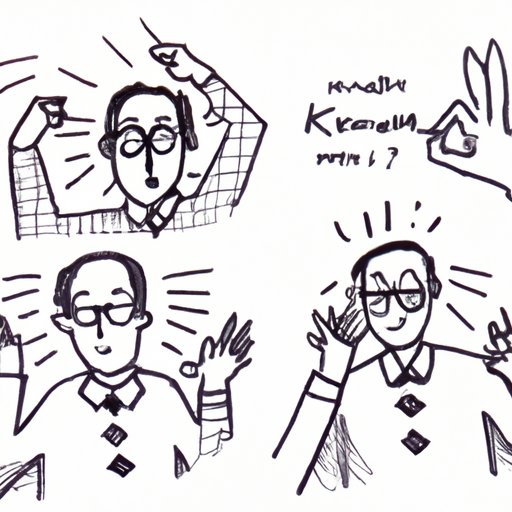
Introduction
In this article, I will share different techniques and tips on how to remember things better. I’ll explore visualization techniques, chunking, repetition, memory palace, active reading, practice retrieval, and mnemonics. By the end of this article, you’ll have a toolkit of effective strategies for retaining information.
Visualization Techniques
What is visualization? Visualization is a powerful technique that helps you encode information visually. By creating a mental image of what you want to remember, you are more likely to remember it vividly.
Try this simple exercise: Close your eyes and picture your front door. Now, imagine that there’s a giant lollipop stuck to your front door. Imagine the color, the shape, and the size of the lollipop. Make the picture as vivid as possible.
Visualization can be used for anything you want to remember, from names to dates to phone numbers. For example, if you’re trying to remember a phone number, visualize the digits as bright neon letters on a black background. You can even picture the numbers forming the shape of a familiar object like a car or a house.
Chunking
Chunking is a term used to refer to the process of breaking down information into smaller, more manageable pieces. By dividing information into smaller chunks, you can remember it easier. This technique is useful for remembering phone numbers, social security numbers, and credit card numbers.
For example, if you’re trying to remember a phone number, break it up into chunks of two or three digits each. For example, if the phone number is 555-1234, you could remember it as 555-12-34. The brain is better at storing and retrieving small chunks of information, making chunking an effective strategy for memorization.
Repetition
Repetition is another effective technique for remembering things. By repeating information over and over again, you’re more likely to store it in your long-term memory. It works well for things like names and dates, but it can also be used for more complex information.
For example, if you’re trying to remember a person’s name, repeat it several times after you meet them. You could say something like, “Nice to meet you, John.” Then, a few seconds later, repeat the name again in your head.
Another way to use repetition is to create flashcards with the information you want to remember and go through them regularly. This technique works well for students who need to memorize new information for exams.
Memory Palace
A memory palace is a technique that utilizes visualization to help you remember information. It’s like a mental filing cabinet that allows you to store and retrieve information on demand.
To create a memory palace, imagine a familiar place or space you know well, like your house, your office, or your favorite park. Picture yourself moving through this space and visualizing the information you want to remember in specific locations.
For example, let’s say you are going to the grocery store and need to remember a list of items. To use the memory palace technique, you would imagine the first item on your list in a particular location in your house, like a carton of eggs on your kitchen counter. The second item might be a loaf of bread on the dining table, and so on.
When you arrive at the grocery store, you will remember the items on your list by retracing your steps through your memory palace.
Active Reading
Active reading is a technique that involves engaging with the material you’re reading actively. By taking notes and summarizing the main points, you’re more likely to retain the information you need.
Before you start reading, take a few minutes to preview the material. Skim through the headings, subheadings, and bolded words to get an idea of what the text is about. As you read, highlight or underline the most important points.
After you finish reading, take a few minutes to summarize the main points in your own words. Write a brief paragraph or outline that summarizes the key ideas. This will help solidify the information in your memory.
Practice Retrieval
Practice retrieval involves actively recalling the information you want to remember without looking it up. By forcing your brain to remember the information on its own, you’re strengthening your memory and making it more difficult to forget in the future.
For example, you might try to remember a person’s phone number without looking it up for a few hours. Then, try to remember it again the next day. Each time you retrieve the information, you’re reinforcing it in your memory.
Mnemonics
Mnemonics are another powerful technique for remembering things. Mnemonics use a combination of images, sounds, and words to help you remember information. One common mnemonic technique is using acronyms.
For example, to remember the order of the planets in our solar system (Mercury, Venus, Earth, Mars, Jupiter, Saturn, Uranus, Neptune), you could use the acronym MVEMJSUN. This makes it easier to remember the order of the planets in the correct sequence.
Conclusion
Remembering things can be challenging, but it’s an essential skill that can make your life easier in countless ways. By using a combination of visualization techniques, chunking, repetition, memory palace, active reading, practice retrieval, and mnemonics, you can become more effective at remembering information.
Don’t be discouraged if you don’t see immediate results. Remembering things takes practice, patience, and time. Keep using these memory techniques regularly, and you’ll see a significant improvement in your ability to recall information.
Start incorporating these memorization techniques into your daily routine and see the difference it makes in your ability to retain important information.




